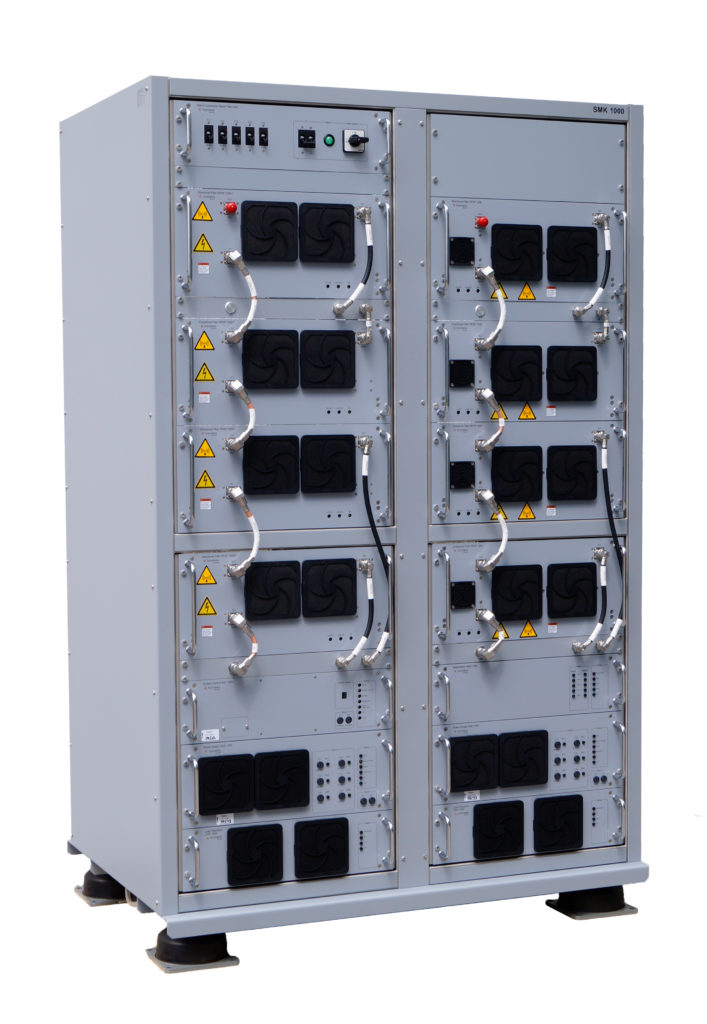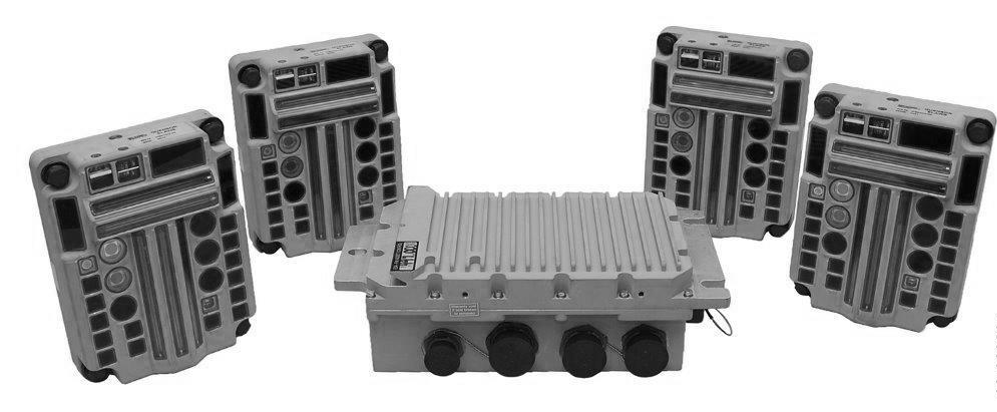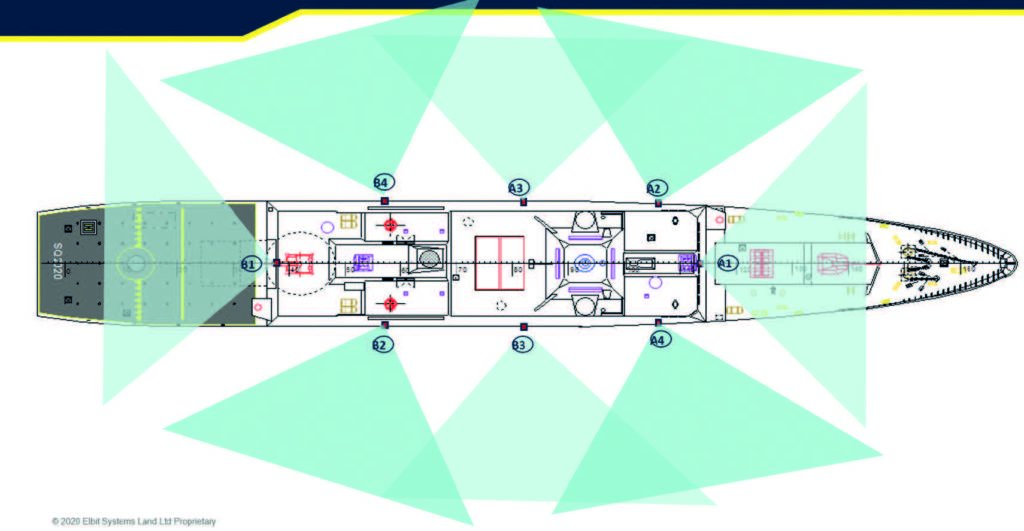The year is 2028, the newest ship of the German Navy, the class F126 – also known as the multi-purpose combat ship 180 – is going into service for the first time as a lead ship with the Standing NATO Mine Countermeasures Group 1 (SNMCMG1). The aim is to monitor and clear mines in the Baltic Sea. In the operational area there is constant contact with ships and aircraft from other nations. Here especially with the Russian naval and air forces, which always commute back and forth along the borders of the Baltic between Russia and Kaliningrad. Often the clashes are very close. The question always arises for the leadership. Is this a normal transfer, a provocation or even a violation of the European and NATO external borders?
The clarification and evaluation must not make any mistakes, too much is at stake. This is why the F126 class was selected for this mission, because its technology ensures the necessary security and situation mapping.
The Standing NATO Mine Countermeasures Group 1 usually consists of several anti-mine boats and a command and supply ship from various NATO partners – including at least one ship from Germany. In 2028, an MJ332 mine hunter will participate in addition to the F126. With its high-tech sensors, the F126 should win the battle for information superiority. The most important thing is the improved detection and early warning sensors and the surveillance radars. As the lead ship, the frigate must also protect the formation, both against drones and all other effectors. The ship’s own laser warning system is of particular importance.
As the lead ship, the F126 must of course also communicate with all participating boats of the other nations, especially under combat conditions. With its systems, Elbit Systems Germany supports the association’s ability to act and survive. This is how we contribute to the success of the mission.

Multinational communication as the key to success
This scenario shows how important communication and appropriate reconnaissance sensors are. As Elbit System Deutschland GmbH, we offer the selective multicoupler for secure communication with everyone involved SMK 1000 at. The simultaneous operation of several RF transmitters in close collocation is one of the major challenges. Especially on board boats and ships. In the conventional system structure, each individual radio link requires its own antenna, usually implemented by a coordinated whip antenna. However, this usually leads to serious interference effects between the communication links. Those lead to impermissible signal distortions and restrict the operation of the HF communication devices. In addition, the space for the antennas to be installed is in short supply on boats and ships. Our solution saves space and integration effort on the ships.
Elbit Systems Germany’s approach to overcoming these restrictions is to use broadband antennas that are fed by more than one transmission line at the same time. This requires the combination of the transmission signals with high power from several transmitters in front of the antenna feed point. A popular method is to use passive 3 dB power combiners. However, this approach suffers from high losses in the RF signal path, which leads to a greatly reduced transmission power and thus to reduced availability of the connection. With the SMK 1000 we offer a significantly improved approach. Thanks to the principle of the “directional filter”, the power from several transmitters is transmitted to the antenna at the same time with the lowest possible combination losses.
A high level of isolation between the transmitters and a reduction in undesired emissions such as broadband noise, harmonics and interference emissions increase the performance of the HF communication system. Our approach leads to a reduction in the number of antennas with simultaneous transmission of up to five shortwave transmitters of the 1 kW class with very low losses via just one antenna. Of the SMK 1000 covers the entire frequency range for shortwave radio and is already installed in the latest ships.

360 ° picture of the situation and protection
Most long-range weapon systems today use lasers to measure distances and mark the target. Elbit Systems Deutschland offers that ELNAWS (Enhanced Laser Naval Warning System) as a basic protective measure. The system exists in different versions for land and sea vehicles. It makes a decisive contribution to improving one’s own situation picture. The passive laser warning system detects, identifies and categorizes military. Furthermore it detects relevant laser threats and provides warnings, angles of arrival (Angle of Attack; AOA) and additional measurement parameters for reconnaissance purposes. Our system guarantees complete hemispherical coverage for the respective platform. The system can differentiate between the following types of lasers: laser rangefinder (LRF), laser designator (LD) and beam rider missiles (LBR). This is completely independent of whether the lasers come from another ship, aircraft or ground troops.


Thanks to the very high system sensitivity, the majority of the relevant laser systems are detected and correctly categorized. This ensures low false alarm rates over numerous hours of operation. They include immunity against incorrect target acquisition (reflected laser energy, rifle fire, muzzle flash and more). And the system also automatically determines the exact angle of arrival information for all laser threats, including low output LBR at long range. So there is ample response time in cases where appropriate countermeasures need to be activated. The client-side threat library can be integrated. Laser event logging is also part of the system and provides the ability to retrieve events for intelligence investigations. And also debriefings and the identification of new threats.
In addition ELNAWS Standard supports communication links and protocols for exchanging information with other on-board systems such as navigation or vehicle / mission control computers. It can thus be fully integrated into the command and control system (FüWES), the heart of the frigate. A built-in continuous self-test with error detection in real time is part of the solution. In Europe alone, more than eleven customers trust our protection solution including Great Britain, Belgium, Spain, Portugal and Sweden for the new VISBY frigates.
Elbit Systems Germany offers systems for guidance, communication and protection from a single source. This also applies to the next generation of ships for the German Navy.


